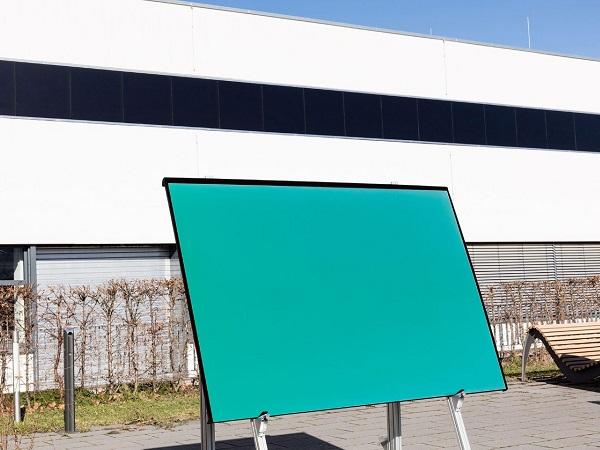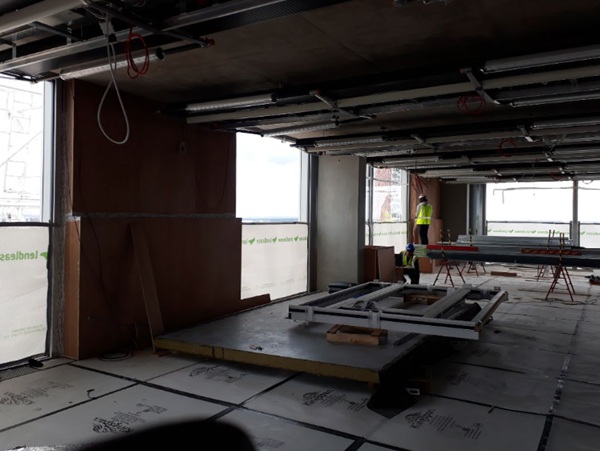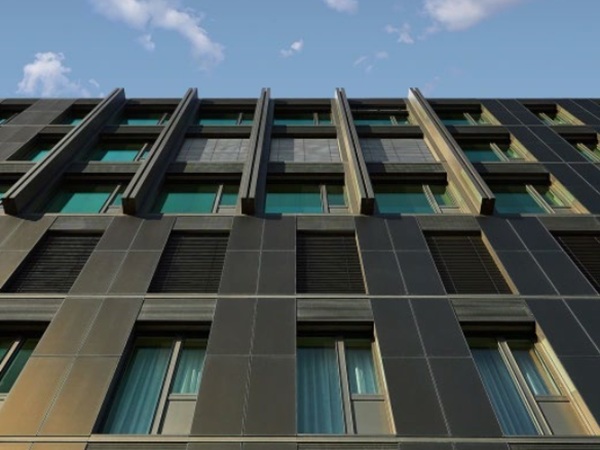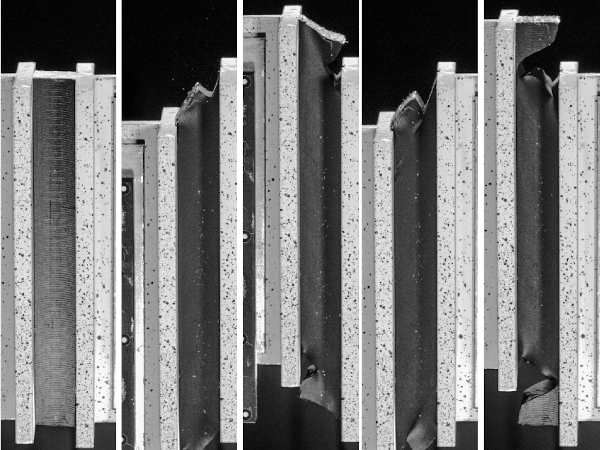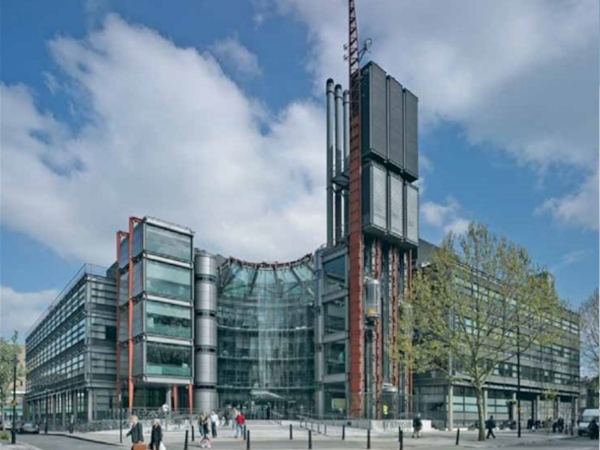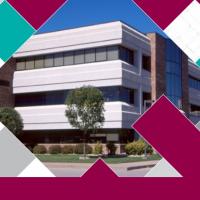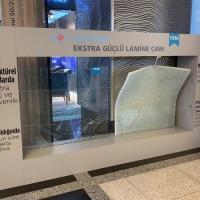The majority of photovoltaic (PV) systems in Germany are roof-mounted using a mounting system to fix the modules. On the other hand, solar PV modules that are fully integrated into the façade or roof offer many advantages to the building owner. Presently a global mass market is developing for photovoltaic building envelopes, allowing cities, in particular, to develop a more sustainable energy consumption.
Researchers at the Fraunhofer Institute for Solar Energy Systems ISE have made recommendations as to how European manufacturers can participate more successfully in this market. Key facets are the industrial production of custom-made solar components for buildings as well as the incorporation of these components in the planning tools and processes of building specialists. On March 18-19, 2019, the BIPV Forum is meeting in Bad Staffelstein, directly prior to the PV Symposium held there annually.
About 75 percent of all solar PV systems in Germany are roof-mounted, and 25 percent are installed in open areas. The share of building-integrated solar modules, or BIPV, is still rather small, which is quite astounding. Building-integrated modules not only supply electricity, but also function as noise barrier, insulation and provide protection against wind and weather. Additionally, photovoltaic systems integrated into transparent building areas can provide shade and daylight.
Support for the increased use of solar in the building envelope is provided currently by policy makers. As of 2021, an EU Directive requiring all new buildings to have a nearly zero annual energy balance goes into effect. The German government has set a target to realize a climate-neutral building stock by 2050. Against this backdrop, BIPV could be increasingly implemented by architects and planners, thus promoting large area utilization of PV on buildings with a high user acceptance.
Photovoltaic Building Components: Multiple Advantages for Building Owners
Vertically integrated PV modules make use of the low-lying winter sun particularly well. Depending on the orientation, peak yield for vertical installations does not occur at midday, as for most roof-mounted systems, but rather in the morning or afternoon, This opens up the possibility that a complementary battery system installed to increase self-consumption may be sized smaller. Also, snow cover does not present a yield risk. Not least, aesthetics speak in favor of building-integrated photovoltaics: With photovoltaic modules, it is possible to create partly transparent glazing or translucent elements in different colors.
In particular, cities with a large building stock could benefit greatly from the technology, helping to close the gap between renewable energy use in rural and urban areas. Big buildings are excellently suited for BIPV, since multi-story buildings have large façades among other things. Although building-integrated photovoltaics is more expensive than other types of building envelopes, the additional costs are reduced appreciably if a renovation or new envelope is necessary anyway. A payback time of about ten years for the additional costs is possible in the meanwhile.
Only Ten Percent of the PV-suitable Area on Buildings Is Needed for a Successful Energy Transformation
Although detailed analyses are still necessary, it is already evident that there is more than sufficient building area suitable for photovoltaics. The available area is even higher than previously thought. A doctoral thesis from 2017, carried out at the Karlsruhe Institute for Technology (KIT) and Fraunhofer ISE, found that the building area suitable for PV in Germany is more than five-fold the area required for PV in an energy system based completely on renewables. Up to now, the figures known to experts indicate that the total available roof and façade area correspond to an installed photovoltaic capacity of up to 2000 GW. According to calculations at Fraunhofer ISE, a successful energy transformation in Germany requires between 150 and 300 GW installed PV (depending on the boundary conditions) for a successful energy transformation.
Individual Products, Industrial Manufacturing and a Secure Value Chain on the National Level
A small, established market for building-integrated PV modules already exists. Small and medium-size businesses produce modules that address the specific needs of their customers. At an annual production of 10 to 50 megawatt-peak, however, production is still too small to make a relevant contribution to the mass market. On the other hand, mass-produced standardized BIPV modules could make a larger contribution, and this market is emerging. Already today, increasingly large businesses are meeting the rising demand. Since their production capacity is up to ten times greater, their products cost significantly less.
Researchers at Fraunhofer ISE see a big chance for European companies in custommade BIPV modules that are industrially produced in comparable magnitude. “Building integrated modules manufactured according to the customer’s specifications enable a sustainable value chain, since products of uniform size and standard design often cannot be used by architects,” says Dr. Tilmann Kuhn, Head of the Solar Building Envelopes Group at Fraunhofer ISE. “Due to the close ties with the building process and the individual manufacture based on customer specifications, a migration of production abroad is not a threat for this industry,” adds the Institute Director Dr. Andreas Bett. “Building-integrated photovoltaics not only holds a chance for expanding the capacity of renewable energy in the built environment, but it also opens up a market for European photovoltaic production.”
Fraunhofer ISE has already developed many operational BIPV prototypes with various cell and module formats and different design options. The selection is large: The building envelopes are semi-transparent with visible silicon solar cells or opaque in different colors. Concepts for highly automated production lines for customized modules are also in the drawer, and enable automated production also in small production capacities. The successful manufacture of multiple-pane insulating glazing is one piece of evidence that individual, custom-made building elements can be successfully produced in Germany. Companies with several production lines distributed throughout Germany produce over two million square meters annually. Customer proximity and the individuality of the products strengthen the domestic market.
Incorporating Solar Products into the Building Planning Process
In order to stimulate the mass market, BIPV products must be integrated into all phases of the building process. This includes the planning, construction, operation and maintenance. Planners and architects must be able to use solar building components easily in their daily work, in the best case with just a few clicks. Only in this way can a niche product evolve into a mass market product. Digital planning tools play a key role here. Therefore, building-integrated photovoltaics (BIPV) shall be prominently available in Building Information Modeling (BIM), a software-based method for the databaseoptimized planning, operation and management of buildings and other structures.
In the SolConPro project and in the SCOPE project, initiated in 2018, Fraunhofer ISE works with partners from the building industry and information technology precisely on this topic. In the future, a planer looking for a façade shall be able to find a solar façade just as easily as a conventional façade or other building component, using BIM tools. Not only could this development breathe new life into the European solar industry but also bring some movement into the stagnating energy transformation.
On March 19, 2019 Dr. Tilmann Kuhn will give a talk on “Innovations and Future Developments in BIPV” at the BIPV Forum in Bad Staffelstein.

Building integrated photovoltaics: Monocrystalline silicon PV modules (black) are integrated into the building façade of Fraunhofer ISE. (210Wp IBC solar modules with anti-glare structure and 1m² area). If these modules were colored green, as the module in the foreground, the nominal power would be 195Wp, i.e. 93% of the power without coloration. An example of a colored PV module (green) developed at Fraunhofer ISE is shown in the foreground. This module is planned for integration into the façade of a new laboratory building at Fraunhofer ISE.

